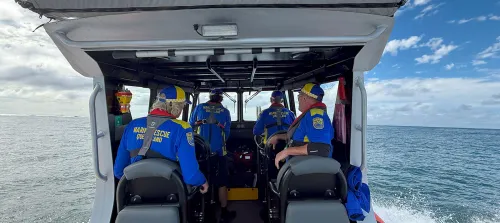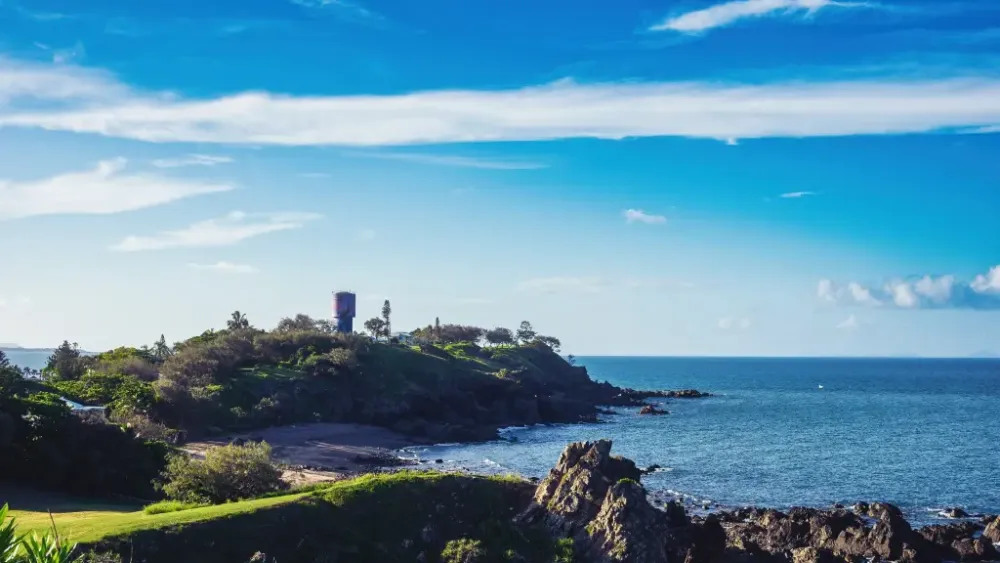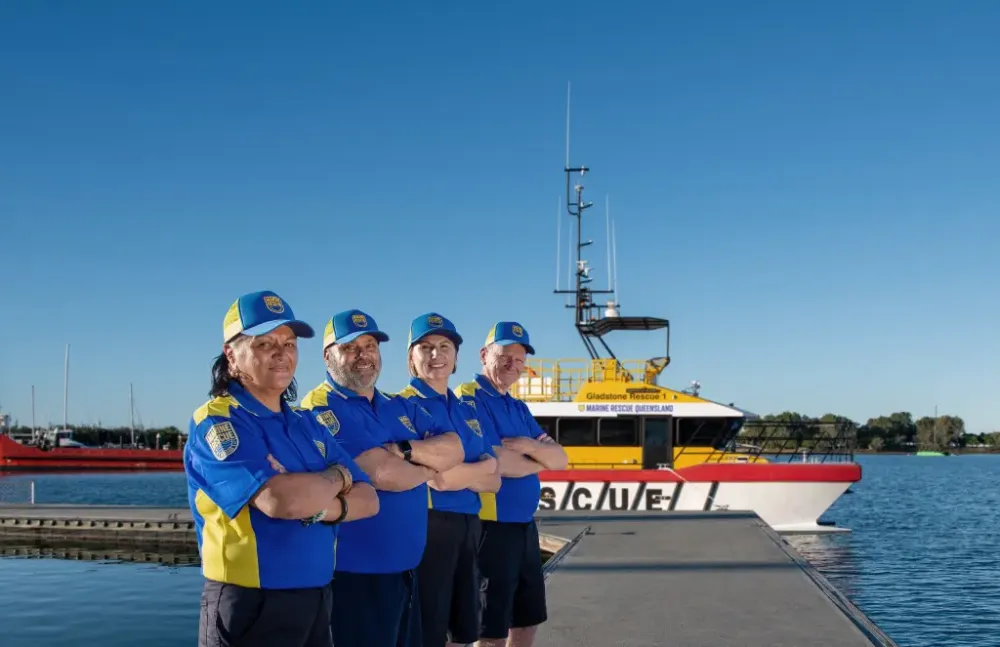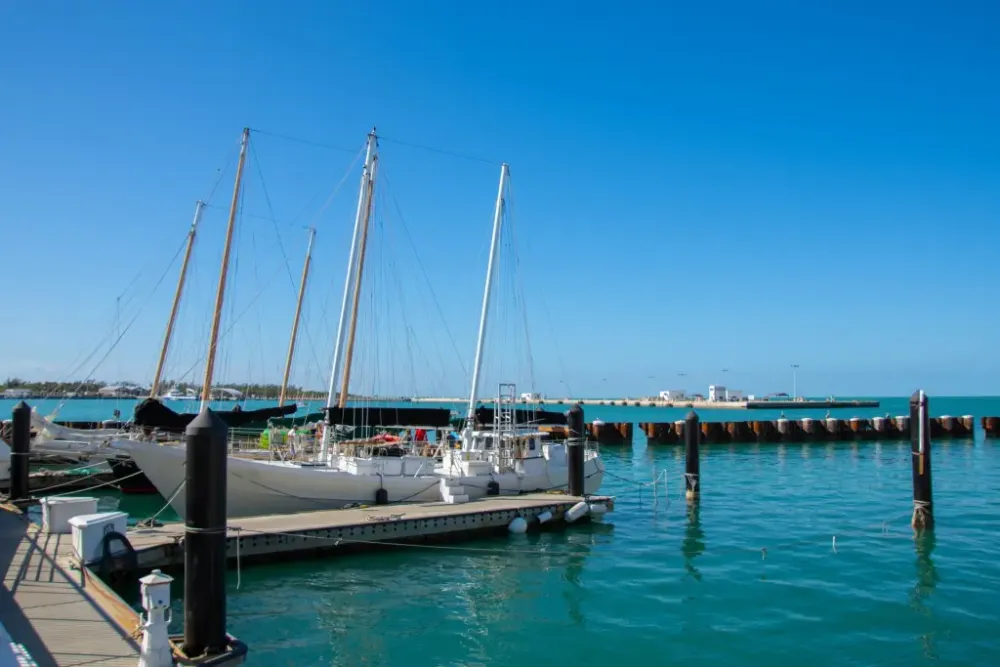Use our safety checklist to plan ahead … and don’t forget to log-on before you head out on the water.
Body
Feature image

Paragraph types
body content
Log-on and know we’ve got you covered.
In an emergency, always use radio VHF 16 or call 000.
Until Marine Rescue Queensland (MRQ) is fully operational, log-on with your local marine rescue unit using your boat’s radio or calling your local unit. Find your local marine rescue service.
Tell your local unit you’re heading out, how many people you have on board and when you’re planning to return. We’ll keep watch and if you’re not back as expected, we’ll take action to find you and get you home safely.
Logging-on is quick, simple, and free.
MarineAssist and WatersideAssist Services
MarineAssist and WatersideAssist subscribers can keep using these services until your local marine rescue unit transitions to MRQ. Contact your local marine rescue service for more information.
Boating Safety Essentials
Body
Plan to be safe. Always follow these essential steps before you head out on the water.
- Plan your trip and choose suitable anchorage locations.
- Have an emergency plan in case of bad weather or a marine incident.
- Work out tidal predictions – download a tide guide from www.msq.qld.gov.au/Tides/Tide-tables.
- Get the latest weather observations, predictions and bar crossing information.
- Estimate your travel times and calculate how much water and fuel you will need plus reserve.
- Check your boat – check for petrol or LPG odours, fix any faults, inspect the bilge, check the engine and make sure batteries are fully charged.
- Load and check you have all the right safety equipment, that it is in good condition and in date www.msq.qld.gov.au/Safety/Safety-equipment-recreational-ships.
- Check your tool kit, repair/replacement spares and first aid supplies.
- Check your trailer – ensure the boat is properly secured to the trailer and the trailer to your car.
- Secure all loose items in the boat.
- Tell someone where you are going and when you expect to return.
test img1
- Use the rigging lane at the boat ramp car park to check the bungs are screwed in firmly and check all loose items in the boat are still secure.
- Instruct all passengers on safety requirements, how to use safety equipment and where it is kept.
- Wait your turn to launch – be prepared, quick and courteous to all boat ramp users.
- Until Marine Rescue Queensland (MRQ) is fully operational, log-on with your local marine rescue unit using your boat’s radio or calling your local unit. Find your local marine rescue service.
- Life jackets must be worn by all children under 12 years of age in an open boat that is under 4.8 m in length and underway. Check you have enough of the right life jackets for everyone on board (www.msq.qld.gov.au/Safety/Life-jackets for their details).
- Put on life jackets before crossing designated coastal bars.
- Listen to broadcasts of up-to date weather forecasts.
- Choose the correct anchor for where you are going.
- Take care of the environment – don’t pollute and make sure you keep rubbish on board until you return to shore (where you can dispose of it responsibly).
- Radio the volunteer marine rescue group with any change of location or observed dangers.
- Display the correct navigation lights (running and anchored) between sunset and sunrise and when visibility is restricted (www.msq.qld.gov.au/Safety/Navigation-lights).
Test
- Log off with the local volunteer marine rescue group.
- Wait your turn to put your boat back onto the trailer at the boat ramp.
- Use the rigging lane at the boat ramp to secure your boat and gear.
- Isolate all battery power sources.
- Unscrew bungs to release water.
- Clean and flush the boat’s motor.
- Inspect the boat for wear and tear and organise any repairs.
- Regular boat, trailer and equipment care will help ensure your boat is always ready to go.
Last updated:




